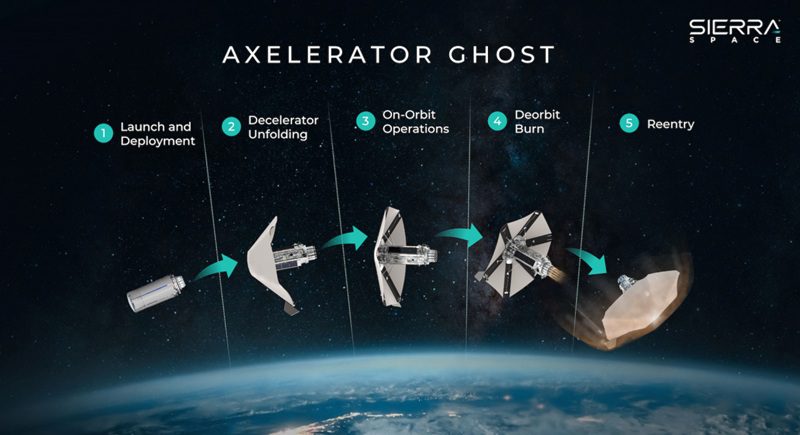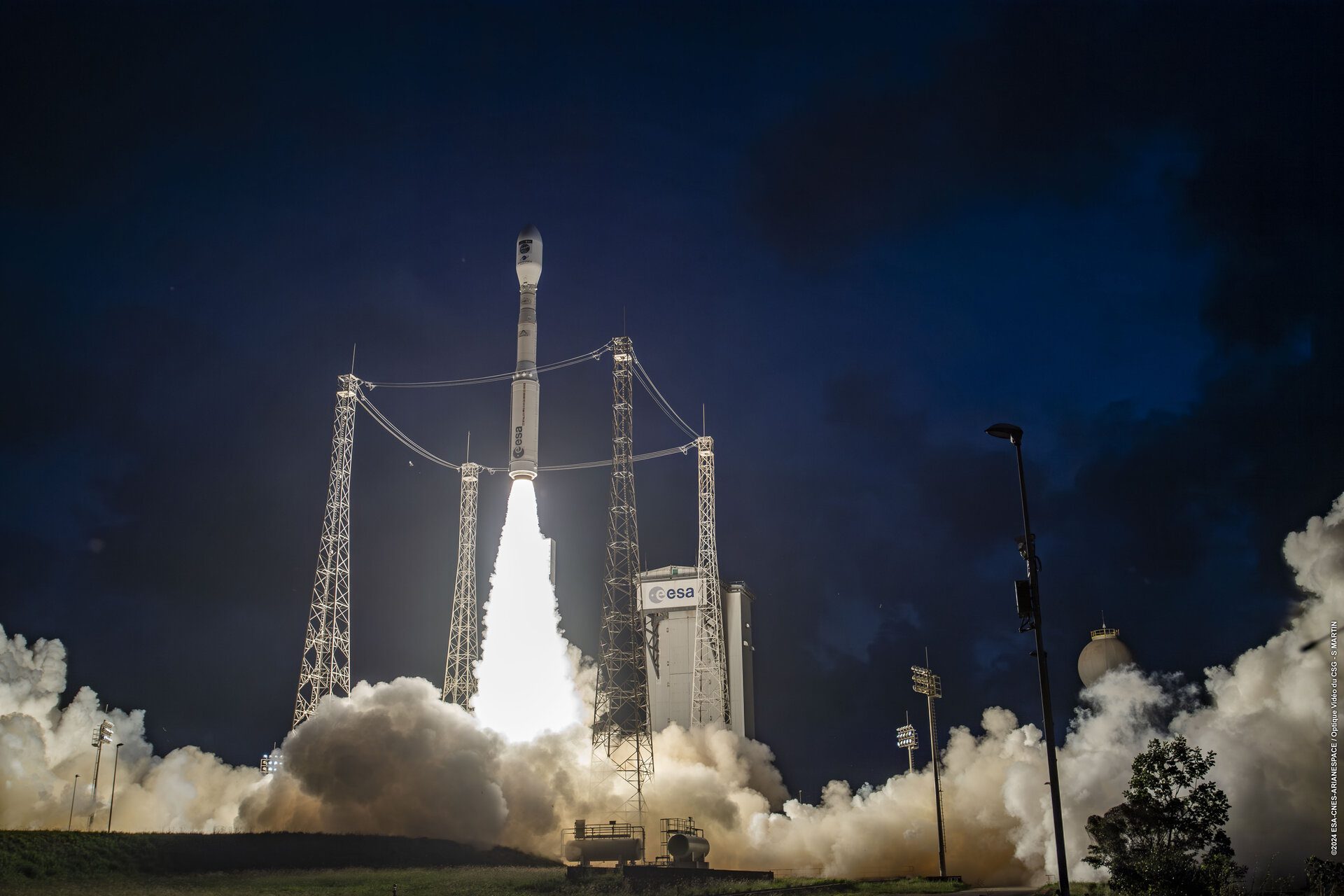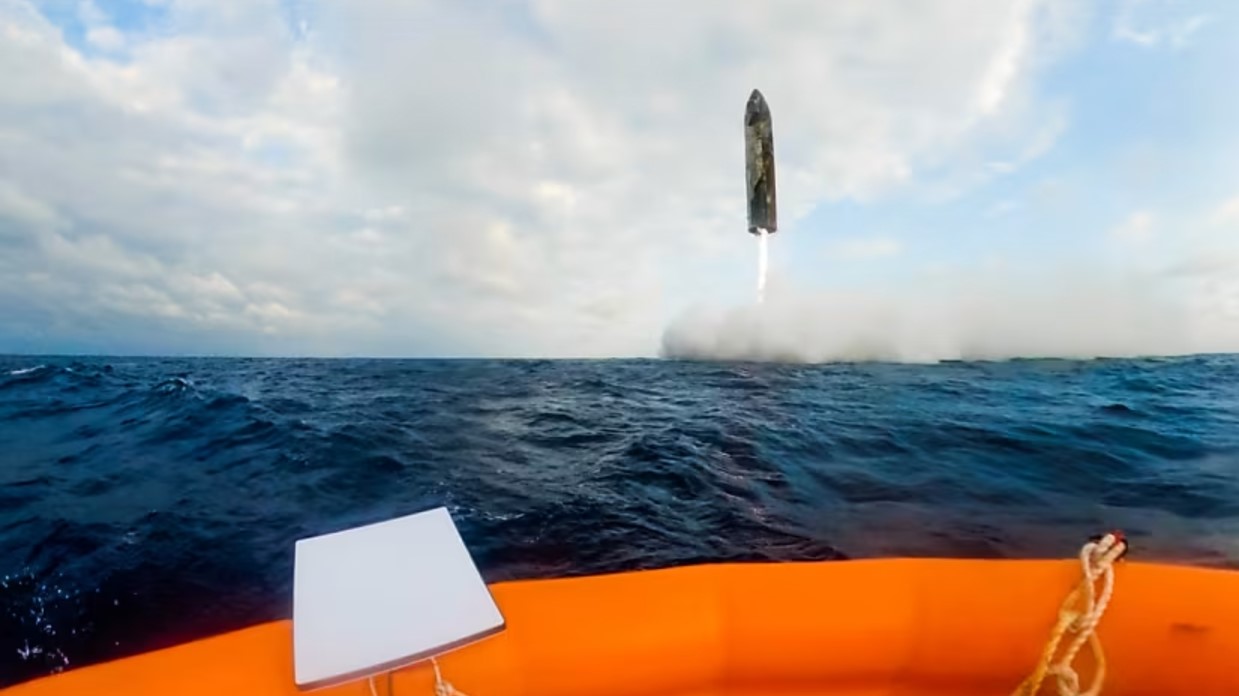It is a sign that the UK space industry remains in very good health that the third UK Space Conference had attendance up for the third time, this time to 1,100 delegates. As a further indication of the UK’s growing importance in space, the enlarged Conference exhibition in amongst the small but talented firms vying for trader were major space outfits such as Airbus Defence and Space, Lockheed Martin, Thales Alenia Space, and of course, the European Space Agency.
There was however a wet blanket thrown on the proceedings: while the head of the UK Space Agency could not attend for personal reasons, less understandably there were no UK government space or science ministers (Jo Johnson or Greg Clarke) there at all. Delegates openly wondered whether this was a sign that recent UK government enthusiasm for space (which was started by Labour Science minister Lord Drayson and carried on by Conservative minister David Willetts) might be starting to wane.
At least this arriviste conference had the Director General of the European Space Agency, Johann-Dietrich (Jan) Woerner, making a presentation to the conference in only the second week of his office. In addition were other high level officers from the UK Space effort who bravely held the fort, led by the Chairman of the UK Space Agency’s steering committee Rob Douglas.
Good work so far as future strategy aims at downstream applications
The conference was, in part, self congratulatory. There is a general acceptance that the UK’s space sector is in very good health and is growing rapidly and is on track to meet its target of taking 10% of the world’s space market by 2030, and creating 100,000 jobs as it does so. Rob Douglas noted that for this to continue the UK government needed to be “on top of regulatory aspects” especially in reference to the new space satellite constellations which are now being planned.
UK Space Agency’s Director of Growth, Catherine Mealing-Jones made a point that the UK space effort had to maintain momentum. She paid tribute to the growth at Harwell which become the UK Space Gateway. Part of the UK strategy is to concentrate on downstream applications for sectors not directly involved in space but which benefit from space activities; these range from using imagery for crop forecasting to using “big data” for maritime services. In an outsider’s view Mark Dankberg of Viasat explained further that in any growth stategy “Understanding the needs of other sectors is key.”
Magli Vassierra, Director of Telecommunications and Integrated Applications at ESA paid tribute to the UK’s progress in encouraging industries to set up in the United Kingdom. She also explained that there would always be a need for some sort of Public funding into the industry – if only to level the playing field with the US whose industry benefits from massive programmes involving US defence and other agencies.
Keeping UK attractive for space companies
Terry Coxall of UK Trade and Investment unapologetically noted how the government was actively encouraging space businesses to set up in the United Kingdom. Apart from good regulation via OFCOM and the UK Space Agency, the nation also had very low corporation taxes (to fall from 20% to 18%), and was making a special effort to have easier visa and immigration support for those with the right skills for the space industry. He also commented that the UK government was helping innovation with its Patent Box tax reduction initiative and, in addition, it hopes to offer more financing via the UK Export Finance organisation.
Help for expertise immigration was, in a way, a fix for an underlying symptom: a lack of UK-nationals who are engineers and scientists. Action to encourage the study of STEM subjects both at school and university was seen as a clear necessity by Sara Parker of the Confederation of British Industry (CBI). There is a hope that the UK’s new commitment to manned spaceflight will further encourage this with Tim Peake’s flight later this year being an example. Sara Parker also hoped that government funding might be made available for training and education for those who wanted to move into a space later in their careers.
Sara Parker made a point that while bank financing for larger companies in the UK space industry larger has usually been plentiful, commercial funding for Small to Medium Enterprises (SMEs) is often harder to obtain. Parker appealed for more “patient capital” to be available. That is, funding that is prepared to wait for its return rather than expects it in it in a one or two year timescale.
As the excitement builds ahead of Tim Peake’s spaceflight to the ISS in December, Helen Sharman, “Grande Dame” of a very short list of UK astronauts, and the only “pure” Brit yet to fly in space (the others had dual nationality), noted that the UK had a renewed interest in manned spaceflight and in space biomedicine. Tim Peake, as part of the science experiments on his”Principia” mission, will have measurements taken of his intercranial pressure under microgravity conditions. On the subject of headaches, in one of the strand lectures, it was revealed by the Open University’s Dr Helen Fraser that surprisingly the pain killer Paracetamol does not work properly on humans in orbit. Best take some asperin instead.
New Head of ESA pleads for higher ideals than the national self interest
The new head of ESA, Jan Woerner, made a very amusing and entertaining presentation, playing up to his German stereotype. He described how the space sector was being driven by several factors including: worry/angst over the environment, the business imperatives for communications satellites, the enthusiasm over manned spaceflight, the fascination for new scientific discoveries, and finally, by the responsibility to help with natural disasters.
Having made a plea for higher ideals than the national self interest Woerner reminded the conference of this with picture of Tim Peake while saying: “This is NOT a British Astronaut. This is a European Astronaut of British Nationality.” While the UK is likely to stick with ESA for its manned space access, a recent strategy document released by the UK Space Agency indicated that one possible alternative would be to move towards another agency directly for access to manned space missions. The document cited China as the quoted example, but a more realistic candidate is NASA.
Woerner reiterated ESA’s position, that while he would prefer the UK to stay in the European Union (EU), if it did decide to depart as the result of a national referendum, it would not be treated any differently within ESA.
On the subject of Public Private Partnerships Woerner joked that while he was in favour them, its PPP acronym was not supposed to stand for “Public Pays Permanently.”
Making a reference to how the “Fosbery Flop” revolutionised the sport of Olympic high jumping, Prof Dr Woerner said he was especially keen on developing new revolutionary methods and new innovations for space.
Looking further forward, Woerner noted that plans were being made for what happened after the ISS was retired. He envisages new microgravity research missions in Low Earth Orbit (LEO) and extensive lunar exploration including an eventual part human presence/part robotic manned lunar village on the far side of the Moon. He explained that this would have potential as a base for very large telescopes.
When questioned whether NASA would go along with this given that a manned landing on Mars was their prime objective, Woerner responded that testing many of the technologies would be best done in a lunar mission environment. Woerner warned against NASA mounting quick manned landings on Mars, noting that the similarly one-off Apollo missions did not lead to sustained lunar development
Conducting international space programmes does have issues of pride and squabbles over self interest. Professor Mark McCaughrean of ESA described the recent highly praised Rosetta/Philae ESA comet exploration project as an example of this cooperation working well (albeit that all the nations involved tried to claim it as their own). However, he counselled that the best international projects needed “clear leadership” with one party or other definitely in charge.
UK Space Agency’s Director of Policy, Dr Alice Bunn, was fully in favour of international cooperation but, in a little hint to China, she warned that for the benefits and opportunities that this would produce, some nations needed to understand just what the “international norms of behaviour in space” should be.
And finally, as the UK looks to the future, it has found ways of using its space assets of the past. There was the announcement by the Goonhilly Earth Station Ltd that ESA is to study how to integrate the 32m antenna, now given up by BT, to NASA’s Deep Space Network for use on manned and unmanned Orion missions to Cis-Lunar space.
Comment by David Todd: Conference and Exhibition went well – but there were errors
Overall the conference and exhibition went very well and was pretty well organised. The lectures and presentations themselves were more strategy-led than involving astonishing announcements on new technology or business – and thus a few fell into the “boring” niche for some. While the main plenary lectures and discussions were for the whole conference, there were five strands of the more specialist subjects to pick through. The subject areas ranged from military space to biomedical science, from space debris to city planning, from space ports to the “big brother” aspects of space surveillance. The problem was choosing, and those attending each one found themselves with a nagging doubt about whether they had “picked the right horse”.
The social events were well done including a free reception in the main Museum of Liverpool and a paid-for gala night in a beautiful hall, which had good food interspersed by an interesting ESA Rosetta/Philae mission presentation including the latest NASA New Horizon images of Pluto. Mind you, interesting as it was, it also made the main course go a bit cold. To make up, there was some very nice crooning by singer and space aficionado, Alan Cross.
For the conference itself, although large TV screens did have information on individual strand lectures and room locations, there was a lack of a more detailed written programme for attendees to plan their days. The website did have more but one had to irritatingly click through these strands in turn. And while renaming the conference rooms after planets was mildly amusing, it was at the expense of navigation clarity.
While not quite up to the level of a major conference like IAC, the conference exhibition was good. The free food and tea and coffee was especially liked and exhibitors were happy that it got the “punters” into the exhibition area where it was served.
Perhaps a little harshly, there was no “fly posting” allowed in the main conference area. In fact, it was really an oversight on the part of the organiser that there was no formal noticeboard in the main conference area on which companies could put their information up. Nor were there literature tables set up on which to leave out leaflets.





